- Home
- Planning Continued
- Project Claim Management
Project Claim Management
Published: 2012-11-28
Last updated: 2022-03-19
Project contracts describe project claim management procedures because we need them in implementation and closure phase in order to resolve problem situations that are not covered by the contracts’ change management clauses. Usually, that means that the change is already executed but any payment for additional effort or penalties for delays are not yet agreed upon.
In sub-section Project Contract Management we illustrate the fundamentals of successful project claim management:
- Contractual Basis
- Records
- Claim Strategy
Hence, a good claim preparation consists of three steps.
Step 1: Analysis of Contracts
We identify all rights and obligations of the involved parties, the relevant clauses and their possible interpretations and the project claim management procedures we have to comply with. The following diagram shows a general project claim management procedure.
We note that there must be at least notifications of the event itself and of the impact that event would have. Certainly, we should find these notifications in our collection of project records.
Step 2: Analysis of Project Records
There will be records available that refer to the problem situation which is under dispute. Each one of these records or documents should hold the date when it was created. This gives us a time line of the chain of events and the correspondence about them. Possible project records are:
Most important result of this step is a clearly structured list, the so called time line of all records and documents relevant to the claim case. This list, in turn, forms an essential building block of the evidence of the claim and of project claim management in general. Here, we give an example illustrating a structured procedure that helps us to put this list together.
Please note that the time line of a claim case contains only relevant project records that hold as evidence, no assumptions and no conclusions. We continue discussing this case in sub-section Project Claim Analysis.
Step 3: Analysis and Decision of a Claim Strategy
Before we enter the escalation of the claim settlement procedure as it is laid down in the contract we always try to negotiate with the involved parties in order to find the most feasible solution. This negotiation needs a strategy which we only can prepare after obtaining a clear understanding of the underlying contracts with their possible interpretations and the available records. The claim strategy depends on our answers to the following questions:
Claim Documentation, Letter, and Presentation
Good project claim management requires good project documentation. As soon as we collect all the relevant material of a claim case we need to file that material together with all the other project relevant documents. Even in case we decide not to pursue an “aggressive” claim strategy we need to inform the other involved parties of our view of any potential claim case, usually as required by the ruling contracts, i.e. in writing and within agreed deadlines. Best practice content of such a letter or folder is
For the actual claim negotiation and further escalation we prepare a presentation of the whole case that helps all involved parties to get a clear overview.
Traditional PM
Learning Path Navigation
|
|
|
Return to Project Planning Continued
Return to Implementation Phase
Return from Project Claim Management to Home Page
|
|
|
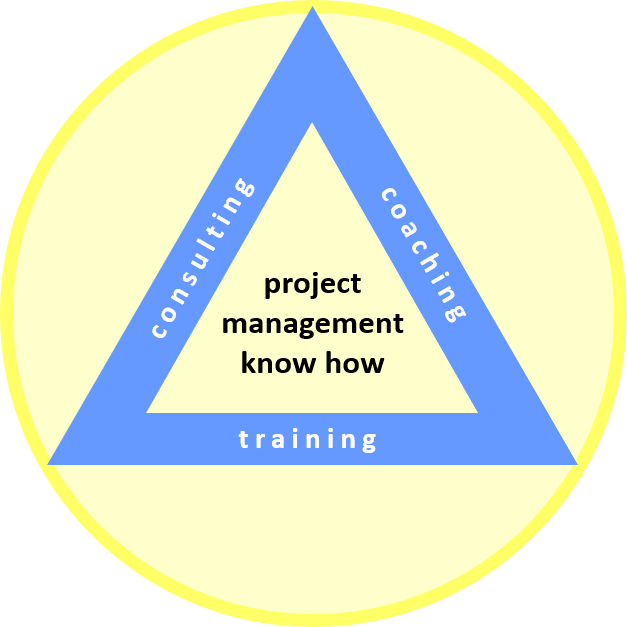
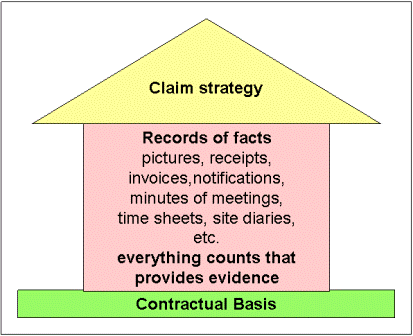
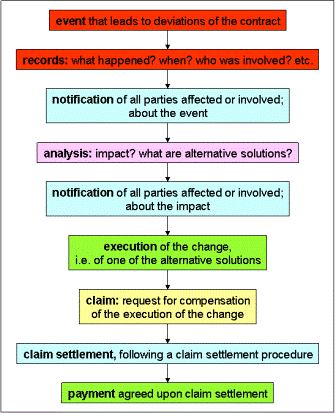
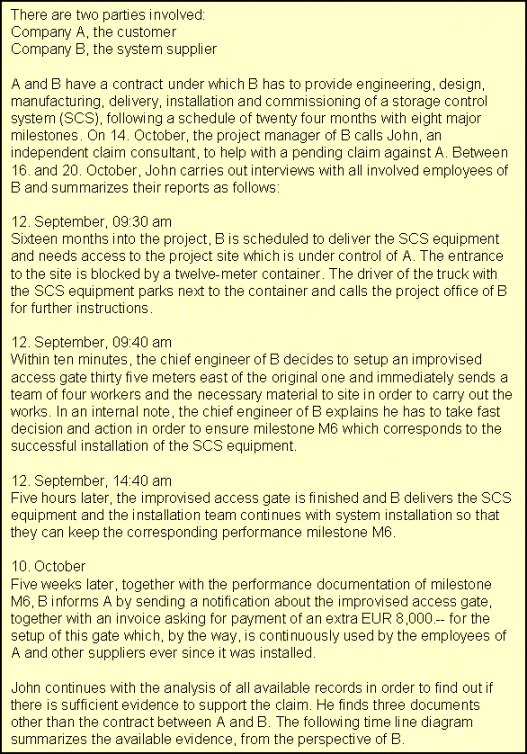
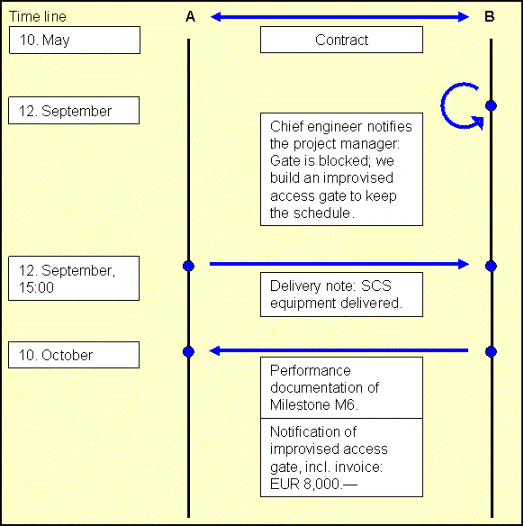
Your Comments
Have your say about what you just read! Leave me a comment in the box below.